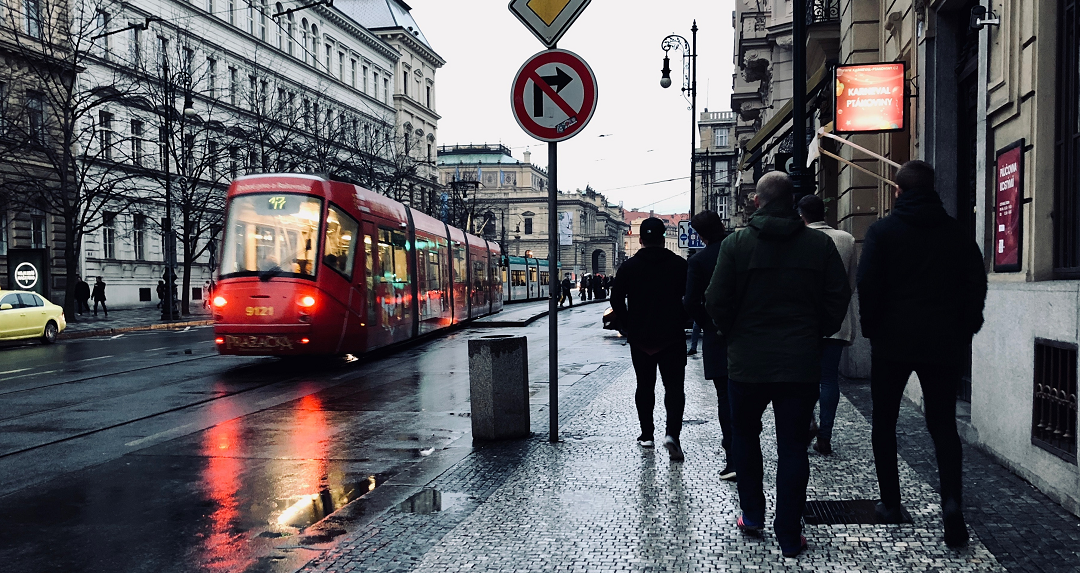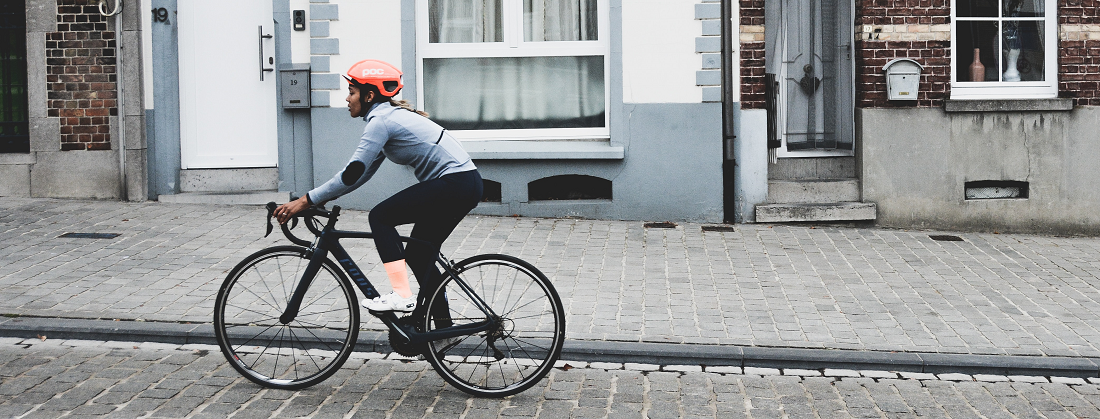With many different options for getting around in Prague, expats can rest assured that they can get wherever they need to go in the city with relative ease. While expats will easily be able to navigate the city centre on foot, those wanting to venture further than Prague 1 can make use of the city’s world-class public transport system.
Public Transport in Prague
When travelling around Prague, expats will have the metro, tram and buses at their disposal. All of these networks are affordable and efficient and will get expats where they need to go in no time.
The metro, tram and bus systems are integrated, and expats will therefore be able to use the same ticket for any of these networks, as well as for transfers between them. The tickets can also be used on boats and the funicular up to Petrin Hill.
Tickets are highly affordable and can be purchased from vending machines at metro, bus and tram stops, as well as in some shops and information centres. They will need to be validated in a machine at the stop or station before boarding.
While some buses and trams do sell tickets on board, not all of them do, so choosing not to pre-purchase and validate a ticket is a risk. There is also a top-up card called Lítačka, which is a good option for those who plan on staying in the city for a while.

Metro
The metro is the fastest way to get around the city and will have expats where they need to go in a matter of minutes. It operates every day between midnight and 5am and runs every two to 10 minutes, depending on the time of day. The metro has three lines, A (green), B (yellow) and C (red), and travels around the city centre as well as to the suburbs in the outlying districts.
Tram
The Prague tram network has 35 lines that run throughout the entire city, with 26 lines running during the day and nine operating throughout the night. The trams are a great way to get around Prague, and expats will also have the added benefit of seeing the beautiful city sights while on their journey. The regular tram schedule begins at 4:30am and runs until midnight, when the night schedule takes over. Night trams run infrequently, usually only once per hour, and only on select lines.
Bus
Buses service the outlying districts and the neighbourhoods in between the centre and these districts. Although the bus network is generally reliable, it is slower than the tram and metro and whether the bus arrives on time is dependent on the traffic.
That said, they are a useful means of transport for those living further afield as they connect to nearby metro stations, from where people can transfer to the metro network, provided their ticket is still valid. The bus service also runs regularly between 4.30am and midnight, after which the night service takes over. Night buses only take particular routes and come around once an hour.
Useful links
- The Lítačka portal has more information on purchasing the card and the benefits it offers.
- For more on trams in the city, visit Prague Transit.
- České dráhy’s website provides expats the opportunity to explore the available rail routes from Prague.
- RegioJet and Flixbus are some of the most popular and reliable bus services in Prague.
Taxis in Prague
Taxis are the most expensive mode of transport in the city but can be a quick way to get around outside rush hours or at night when the tram and bus schedules decrease to particular routes. Although this has improved in recent years, expats should be wary of taxi drivers trying to rip them off.
One way to avoid this is by calling a taxi company to order a taxi, as opposed to hailing one off the street. Expats should always ensure the taxi driver turns on the meter at the start of the ride and that they receive a receipt once they’ve reached their destination. A few reputable companies are AAA Radiotaxi, City Taxi and SEDOP.
Uber is also available in Prague and is often cheaper than the local taxi companies. Uber is also helpful in avoiding translation problems.
Useful links
- AAA Taxi and City Taxi are some of the most popular taxi services in the country.
- For more on ride-hailing in the Czech Republic, visit Liftago, Bolt and Uber.
Driving in Prague
With many different transport options available and at a reasonable price, owning a car in Prague is more hassle than it’s worth. While it may be useful to have a car for day and weekend trips out of the city, it’s quite unnecessary in Prague itself. Nightmarish traffic during rush hours, an extreme parking shortage, and a city centre populated with one-way streets are just three of the reasons to ditch the car and use public transport to get around Prague.
Those who do wish to drive in Prague, however, should keep in mind that their foreign licence may not be valid in Prague for longer than two months, after which they’ll need an International Driving Permit or a Czech licence. Expats should watch out for pedestrians on the streets, as they always have the right of way, no matter if the traffic light is green. All car lights must be on while driving, and expats must keep an officially recognised first aid kit in their car at all times.
Read Transport and Driving in the Czech Republic to learn more about obtaining a Czech driving licence.
Cycling in Prague

Although cycling is not a popular mode of transport among the locals, expats will find that there are cycling lanes incorporated into many of the sidewalks in the city, and they are also able to cycle in most of the pedestrian zones in the centre.
A deterrent for the locals is the hilly nature of the city, as well as the affordability of Prague's public transport. That said, the number of cyclists is rising. Expats can take their bikes on a few of the transport networks, such as the metros and buses, but there are strict rules about where on the vehicle the bikes are allowed, as well as when.
Useful links
- NextBike operates bike-sharing programmes in 25 cities across the Czech Republic.
Walking in Prague
Walking is one of the preferred ways to get around the city centre for locals and expats alike. Weather and time permitting, expats should invest in a pair of sturdy shoes, as the cobbles can cause feet to ache after a while. There is no better way to see the sights and take in some fresh air than on foot.
Further reading
►See Cost of living in Prague for info about the living expenses expats can expect in the city.
►For more about how to keep busy on days off, read See and Do in Prague.
What do expats say about transport in Prague?
"It’s relatively cheap and I can easily reach any point in Prague. The capital city Riga, in Latvia, should come to Prague for an education course to learn how to build a public transport network." Read more about what Juris, a Latvian expat, has to say about life in Prague.
Image Credits: Tram in Prague by Nathan Rogers; Woman cycling on a cobbled street by Coen Van de Broek. Both from Unsplash
Are you an expat living in Prague?
Expat Arrivals is looking for locals to contribute to this guide, and answer forum questions from others planning their move to Prague. Please contact us if you'd like to contribute.
Expat Health Insurance
Cigna Global Health Insurance.
Medical insurance specifically designed for expats. With Cigna, you won't have to rely on foreign public health care systems, which may not meet your needs. Cigna allows you to speak to a doctor on demand, for consultations or instant advice, wherever you are in the world. They also offer full cancer care across all levels of cover, and settle the cost of treatments directly with the provider.
Moving Internationally?
International Movers. Get Quotes. Compare Prices.
Sirelo has a network of more than 500 international removal companies that can move your furniture and possessions to your new home. By filling in a form, you’ll get up to 5 quotes from recommended movers. This service is free of charge and will help you select an international moving company that suits your needs and budget.
Get your free no-obligation quotes from select removal companies now!


